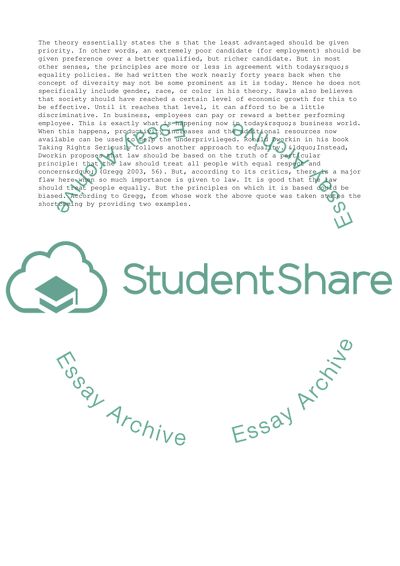Cite this document
(Diversity hampions in Businesses Dissertation Example | Topics and Well Written Essays - 2750 words, n.d.)
Diversity hampions in Businesses Dissertation Example | Topics and Well Written Essays - 2750 words. Retrieved from https://studentshare.org/business/1730143-equity-and-diversity
Diversity hampions in Businesses Dissertation Example | Topics and Well Written Essays - 2750 words. Retrieved from https://studentshare.org/business/1730143-equity-and-diversity
(Diversity Hampions in Businesses Dissertation Example | Topics and Well Written Essays - 2750 Words)
Diversity Hampions in Businesses Dissertation Example | Topics and Well Written Essays - 2750 Words. https://studentshare.org/business/1730143-equity-and-diversity.
Diversity Hampions in Businesses Dissertation Example | Topics and Well Written Essays - 2750 Words. https://studentshare.org/business/1730143-equity-and-diversity.
“Diversity Hampions in Businesses Dissertation Example | Topics and Well Written Essays - 2750 Words”, n.d. https://studentshare.org/business/1730143-equity-and-diversity.


